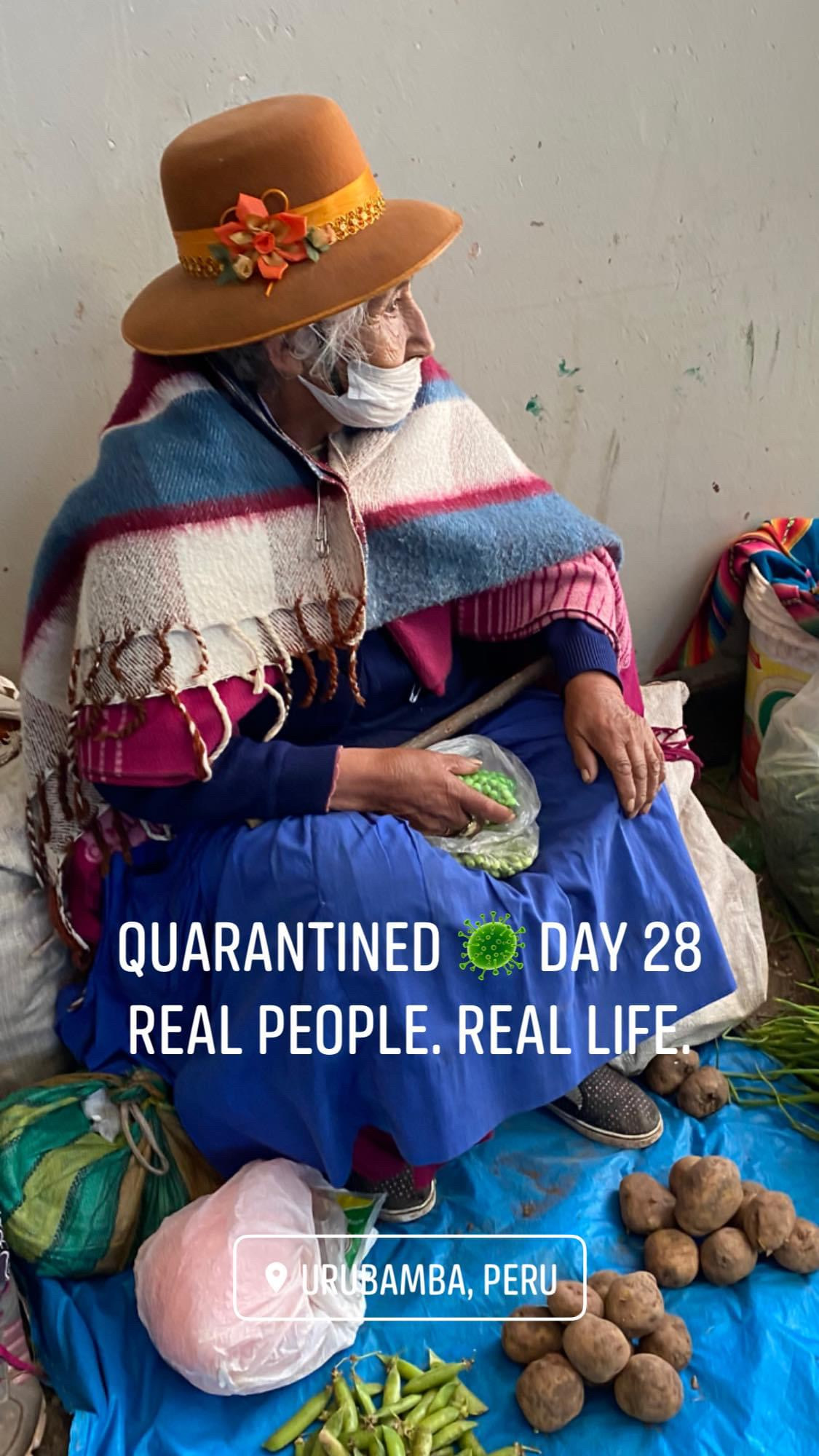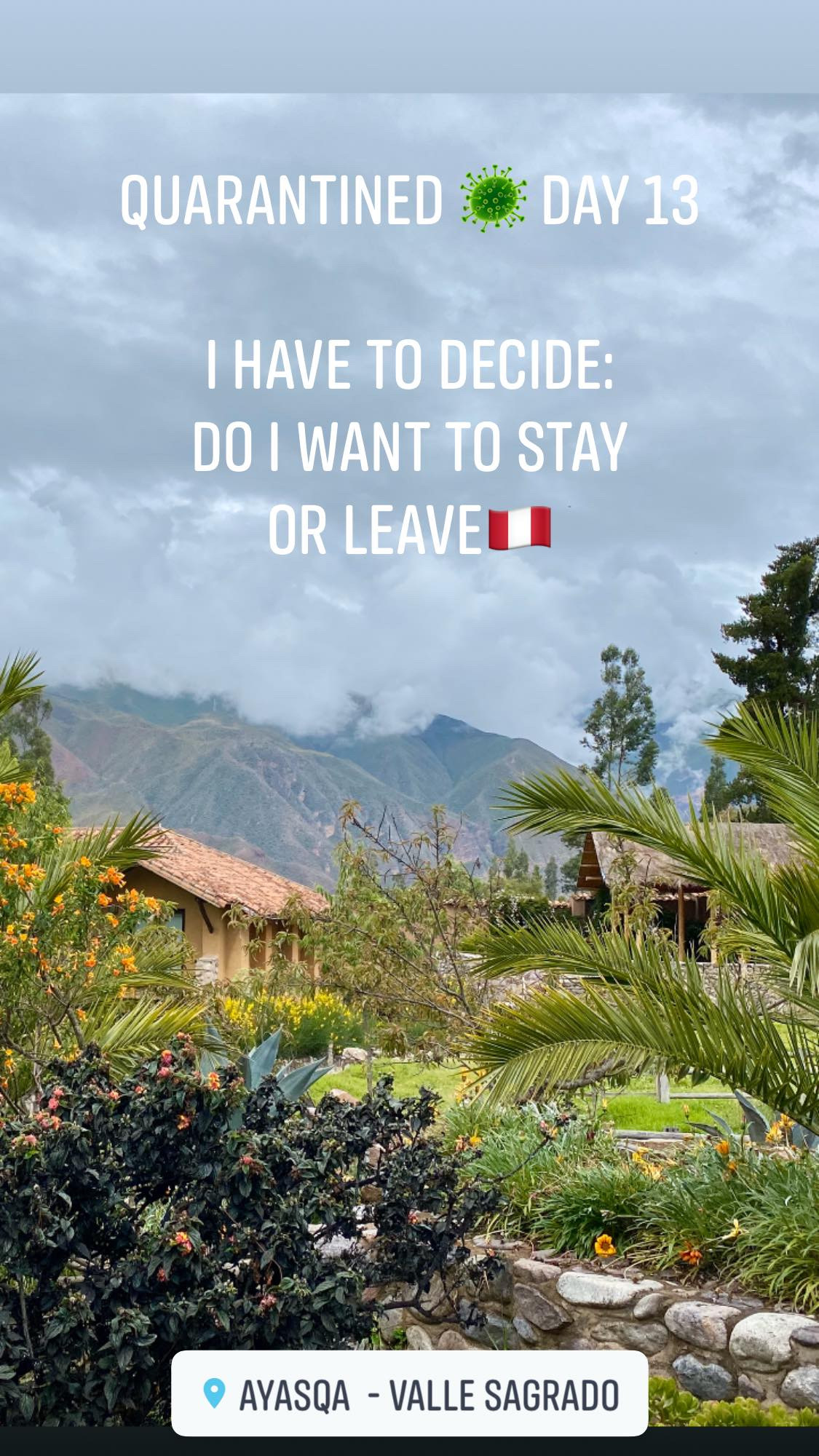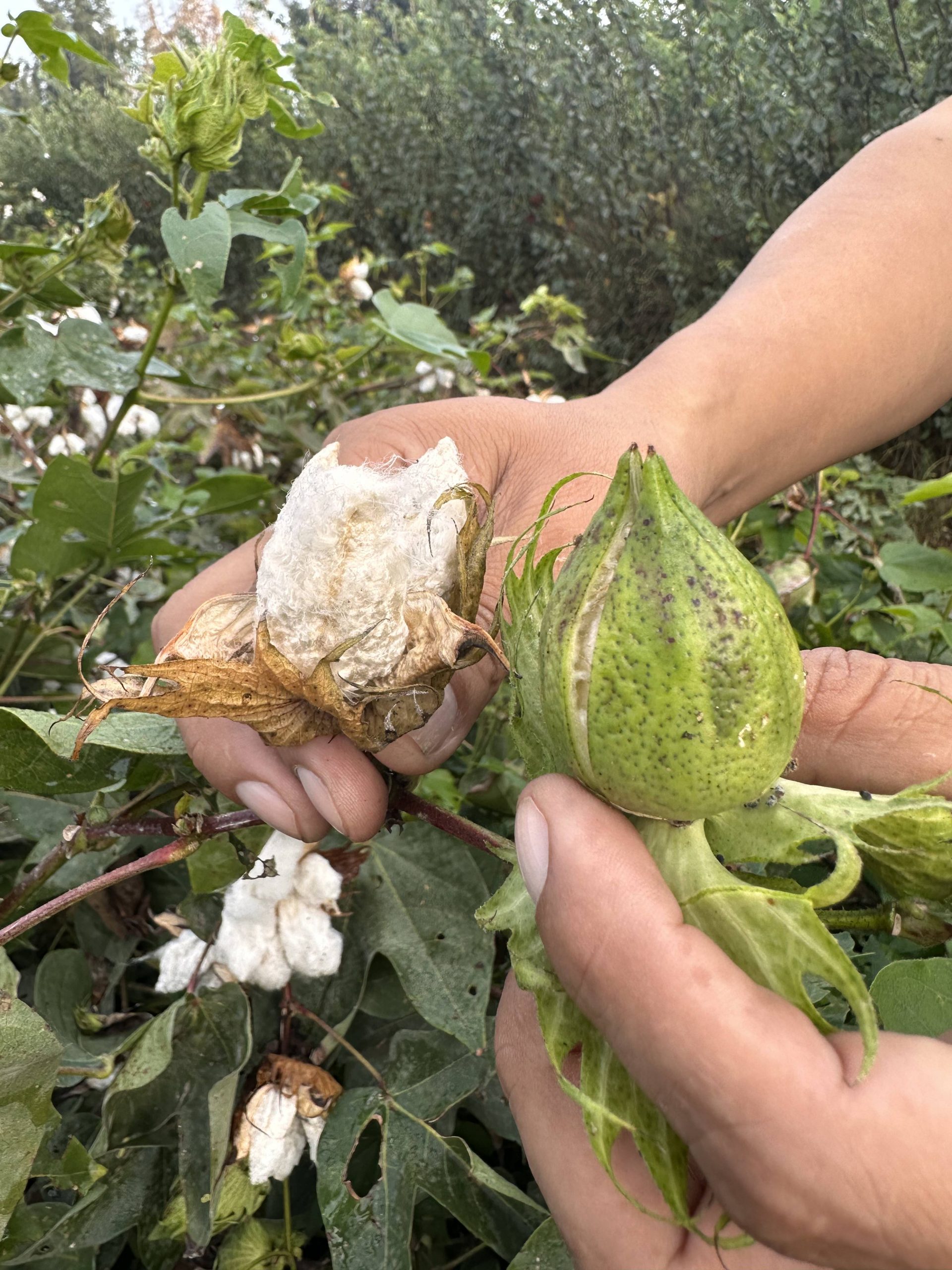This article is part of the Códice de Algodón project by Pima Prima®—a cultural and historical journey through the roots, rituals and relevance of Peruvian cotton from antiquity to today.
“Cotton, often thought of as a simple fabric, holds a legendary status in Peru.
It is more than a material—it’s a cultural thread, woven into the rituals, economy and artistry of some of the oldest civilizations in the Americas.”
In an age when fast fashion floods the world with synthetic fibers and short-term trends, one fabric stands resilient—timeless in both quality and meaning. Peruvian cotton, with its long, silky fibers and rich ancestral roots tells a story that predates modern civilization. This is not just a tale of textiles. It’s the story of a people, a land and a belief system that saw cotton not just as clothing—but as connection.
The Oldest Woven Story in the Americas
Before the rise of the Inca Empire, before gold glimmered in Andean temples, there was cotton.
Archaeologists working at ancient coastal sites such as Huaca Prieta, Caral and El Paraíso have uncovered fragments of cotton textiles over 6,000 years old. These fabrics, preserved in Peru’s dry climate, include intricately woven pieces dyed with fermented indigo—an innovation that predates similar dyes found in India and Egypt by centuries.
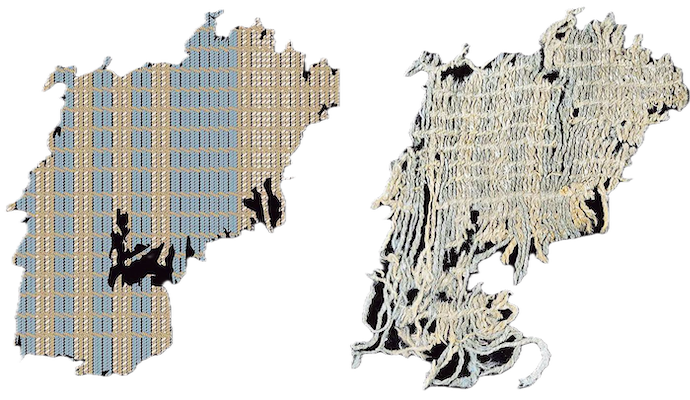
The dyed fabric pieces are small scraps made of woven cotton. They were excavated by archaeologists Tom Dillehay and Duccio Bonavia between 2007 and 2008 from a prehistoric site called Huaca Prieta, which is north of the city of Trujillo in coastal Peru.
Archaeological research has identified the use of cultivated cotton (Gossypium barbadense) in the ancient Andes dating back to at least 7800 years ago.
The original site for the domestication of cotton, Gossypium barbadense, has not been determined; however, it is thought to be somewhere on the north coast of Peru, where it adapted to the region’s arid conditions and grows wild or as an escaped plant. To date, the earliest reported G.Barbadense is from the Nanchoc Valley in north Peru, dated to around 7800 cal BP. The continued use of G. barbadense for textiles, fish nets, bags and other materials is documented at numerous other sites dating after 6000–5000 cal BP.
The cotton species found in these textiles, Gossypium barbadense, is native to South America and is the wild ancestor of today’s prized Pima cotton. Its domestication marks a milestone in human ingenuity—one where plant, soil and culture were woven into a single system of survival and expression.
Museo Larco: In the Andean region, cotton was domesticated some 4,500 years ago and it quickly became one of the most important materials used in the processes of spinning and weaving and the production of fishing nets, bags, funerary mantles and fine clothing.
What’s truly remarkable? These early cultures developed weaving techniques without looms, relying instead on methods like twining, looping, and early forms of backstrap weaving. And they did all this before they had ceramics, metals, or written language.
This wasn’t just about making clothes. It was the beginning of a textile tradition that reflected identity, spirituality, and ecological wisdom.
Cotton as Culture: Legends and Rituals
In Peru, cotton isn’t just grown. It’s revered.
The Legend of the Cotton Maiden
One of the most enduring myths along Peru’s northern coast is the tale of The Cotton Maiden. According to legend, she appeared during a solar eclipse, emerging from a white cotton field under a shadowed sun. Glowing in the half-light, she walked to a village and taught the women how to spin thread and dye fabric with plants and minerals.
Her gift was not just technical knowledge—it was ritual. Ever since, generations of women have passed down the skill of weaving as sacred work. In some Quechua-speaking communities, cotton is still planted with soft, whispered prayers to her spirit, thanking her for the bounty to come.
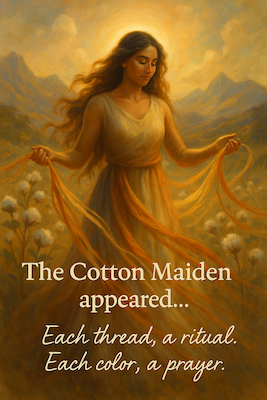
Mama Ocllo: The Inca Goddess of Weaving
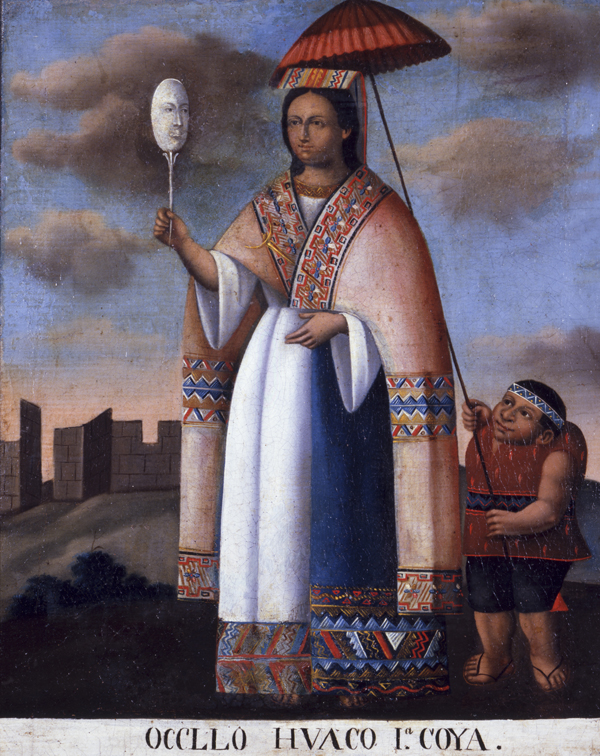
In Inca mythology, Mama Ocllo is a prominent figure credited with teaching women the arts of spinning thread and weaving. She, along with her brother-husband Manco Cápac, was sent by the Sun God Inti to civilize humanity. Their mission included educating people in various aspects of culture and daily life, with Mama Ocllo focusing on instructing women in domestic arts such as spinning and weaving.
Cotton and the Ancestors
In cultures like the Paracas and Nazca, cotton was deeply tied to funerary and ceremonial practices. Burials often included elaborate cotton garments dyed with natural pigments like cochineal red and indigo blue, each color symbolizing cosmic forces or the afterlife.
Some textiles featured woven mythological figures, animals and ancestral spirits—meant to accompany the dead on their journey or protect them in the underworld. Cotton became a medium not just of warmth, but of connection to the divine.
Sustainability: Ancestral Wisdom, Modern Answers
Long before the world knew the word “sustainability,” ancient Peruvians were practicing it. Along the dry Pacific coast, farmers created sophisticated irrigation canals, allowing them to grow cotton alongside beans, squash, maize and peppers. This kind of agro ecological planning is now making a comeback, as farmers and artisans embrace regenerative agriculture grounded in ancestral techniques.
Today, Peru leads in the production of organic and fair-trade cotton, supported by local cooperatives and global initiatives. The same rituals and rhythms that governed cotton planting 6,000 years ago are being used once more—not as nostalgia, but as innovation from the past.
Weaving the Future with the Past
As the world searches for ethical, earth-friendly alternatives to fast fashion, Peru’s cotton tradition offers not just a solution—but a philosophy.
To wear Peruvian cotton is to wear a story.
A story that began with the Cotton Maiden beneath an eclipsed sun.
A story whispered in the fields as seeds are planted with prayer.
A story that wraps the living and the dead in color, care and cosmic balance.
Each thread, each dye, each stitch is part of an ancient dialogue between people and planet. It reminds us that the truest form of innovation may be remembering what we already knew—that beauty, durability, and sustainability can coexist when we live with reverence for the natural world.
Cotton, Reimagined
By weaving together the past and present, we see that cotton is not just a fabric—it’s a reflection of culture, identity, and the deep respect ancient civilizations had for the earth. And in our modern world, as we look for sustainable solutions, the Peruvian cotton story is more relevant than ever. It’s proof that honoring our past can lead us to a more sustainable, beautiful future.
At Pima Prima® we honor this legacy. Every garment we create draws from these deep roots—crafted with Pima cotton, dyed using natural, low-impact methods and made to last. Because cotton, in Peru, was never just clothing. It was always a symbol, a story, a promise.

